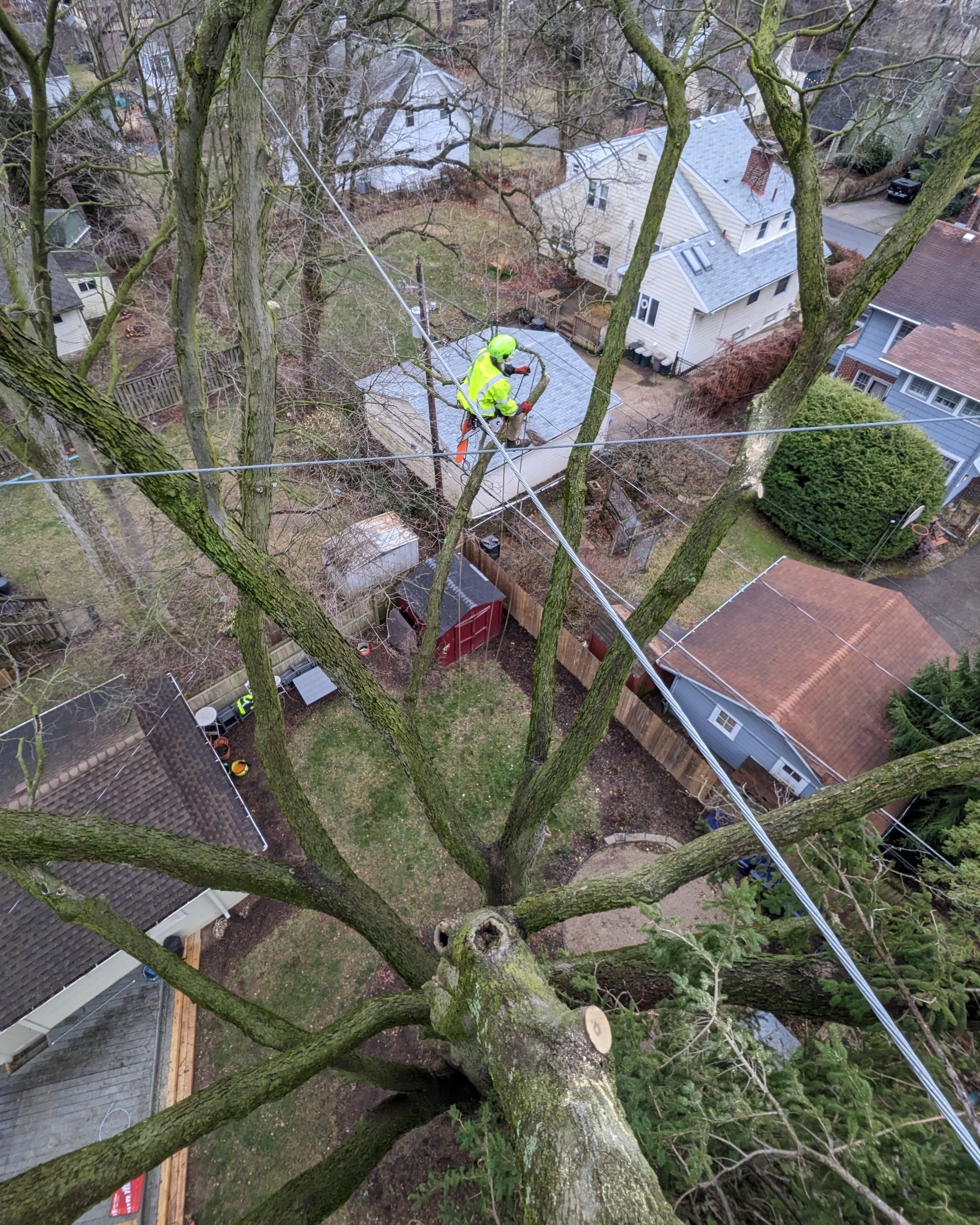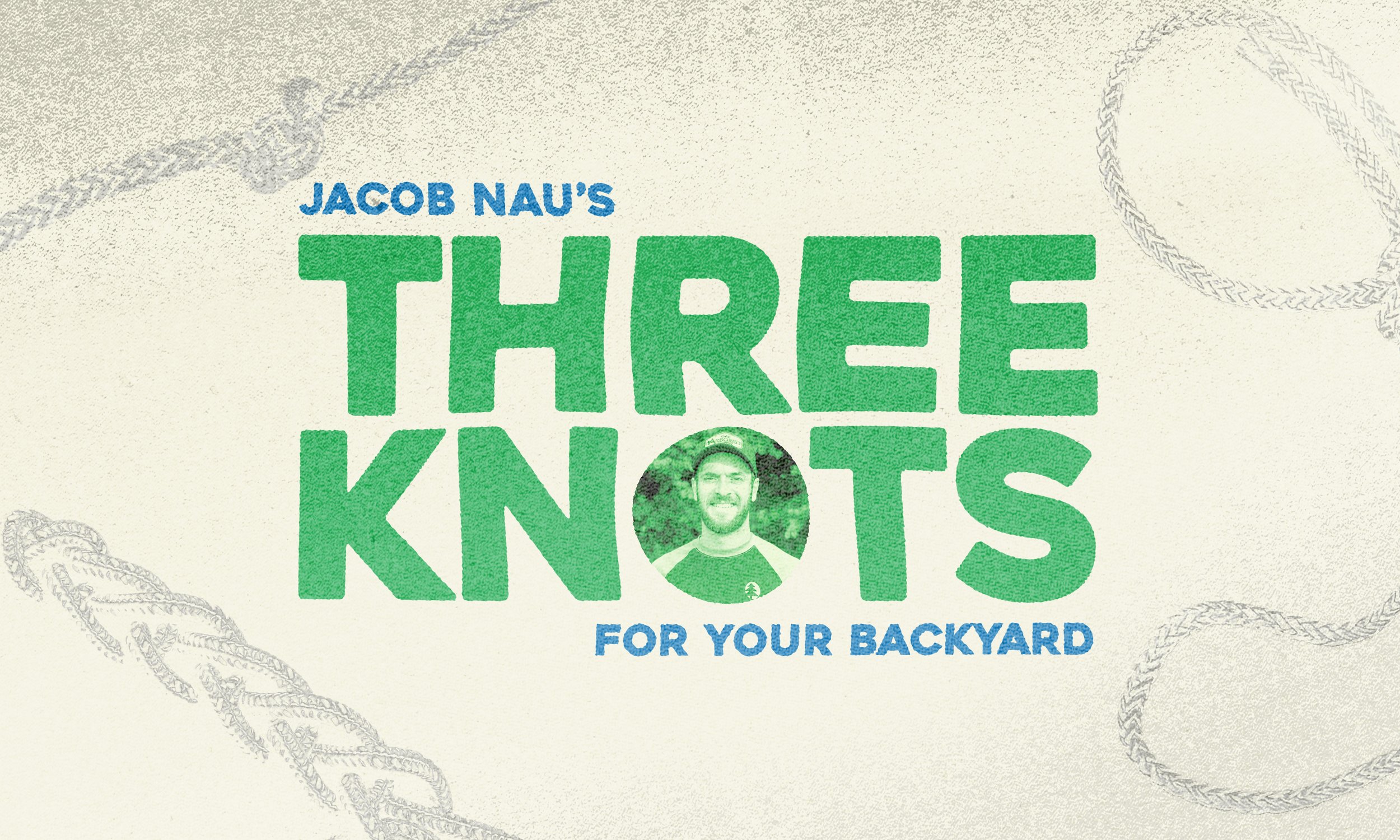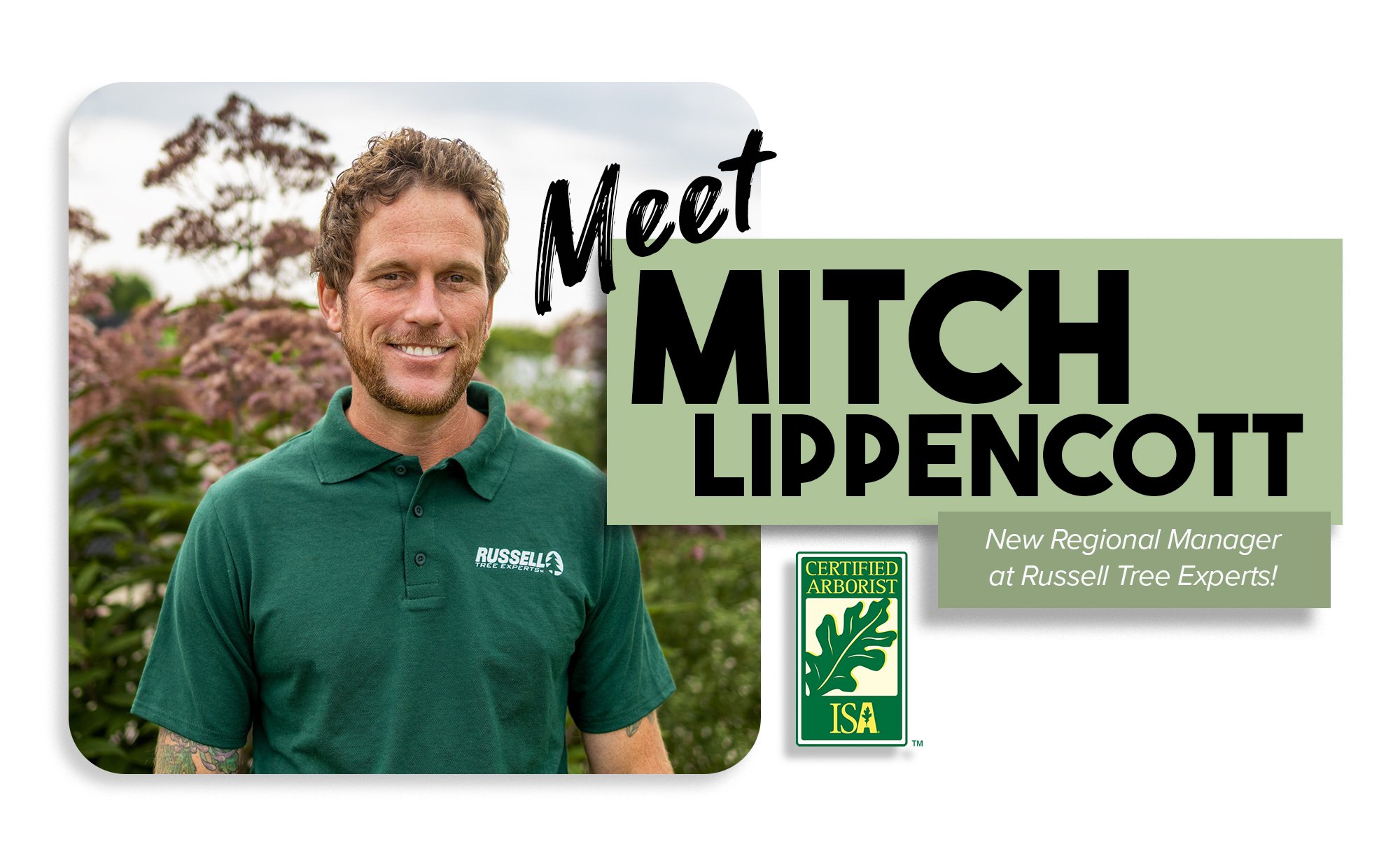The fall season is approaching, and cooler weather is hopefully just right around the corner. With changing temperatures, all our trees are going to be going through a change as well. As we enter the dormant season, we will be gifted with…
Anatomical Upgrades for Your Trees!
When you think of anatomy, what comes to mind? I think of humans specifically, and learning about the wonderful bone and organ systems in our body in middle school science class. You may think about the anatomy of various animals and how there is an abundance of variety depending on where you are in the world, but how often do we consider the anatomy of trees?
Surely trees are just trees, right? They grow without us even considering how or why they may grow in the ways that they do. We may be blissfully unaware of their anatomy or structure until we are confronted by the reality of a winter ice storm or a summer thunderstorm. Oftentimes, we may find trees with less-than-desirable structure having taken damage after these events, or worse, having caused property damage along with their own demise!
Two examples of trees with codominant stems
You may be asking yourself, what does poor tree anatomy look like? The answer to that question deserves its own article, however a majority of tree structural problems can be narrowed down to codominance, and that is what I want to address in this article. Codominance is when a tree has two or more similarly-sized trunks emerging from the same location and forming a distinct “V” shaped union. There are varying reasons as to why a tree may be codominant, and some species have natural habits that lend themselves to becoming codominant.
Visual representation of codominance by Jacob Nau
To give you a visual representation of codominance, bring your elbows together in front of your chest, with your palms facing you. Now, spread your wrists apart, keeping your elbows together to form a distinctive V shape. Opening up your fingers you can picture the crown of a tree. Seems like an awkward, weak position to be in, right? Now, imagine adding the weight of tree branches, leaves, rain and 15-50 mph wind gusts, etc. (trees can go through a lot!), while you strain to keep your elbows together, and you can begin to imagine why a codominant union (V-shaped union) in a tree is not anatomically advantageous.
So what can be done to fix, or even prevent, codominant structure in a tree? The answer to this question largely depends on the age of the tree. If your tree is young and generally under the age of approximately 20 years, then a structural pruning plan can be performed to help guide the tree out of its codominance over the next 5-10 years.
However, if your tree is large and mature, there are a number of services that can be used to help support your tree's anatomy. Those services include:
End-Weight Reductions
Reduce the length of long, lateral branches in the tree’s crown to reduce the weight and levering effect on the codominant union below. Typically performed before or with a cabling support system.
Jacob Nau performing an end-weight reduction on a tree.
Cabling Support System
Install a single, or multiple, static steel cable(s), or dynamic rope cable(s) in the tree’s crown to support the codominant union below.
A static cabling system in a Hackberry tree in Clintonville, Ohio.
Through-Brace Support System
Install a system of steel threaded rods into the codominant union to strengthen that area of the trunk. This is usually performed in-tandem with a cabling support system.
Top Left: Final result of a brace rod installation. Top Right: Close-up of a singular, installed brace rod. Bottom Left: Side profile of two installed brace rods. Bottom Right: A brace rod about to be inserted.
Propping Support System
Install a single, or multiple, semi-permanent wood prop(s) to support a lower, large lateral limb to ease the strain on a codominant union. This is a more unique way to support the tree's anatomy, specifically for low, long, and lateral limbs that are difficult to support with a cabling system.
A tree prop supporting a limb from the Angel Oak tree in South Carolina.
All of the services listed above, including the young-tree structural pruning, are services we perform at Russell Tree Experts. I highly encourage you to look out your window and consider your tree's anatomy! Can they be supported? Is it time for an anatomical upgrade? If so, give our local office a call at (614) 895-7000 and we will happily connect you with one of our Regional Managers to assist you in determining the best course of action for your trees!
Sincerely,
Jacob Nau I Training and Development Manager, Russell Tree Experts
Jacob is an ISA certified arborist and joined RTE in 2018. He has been involved in tree care for over 10 years. He enjoys climbing trees both recreationally and professionally and in his free time, he loves spending time with his family.
3 Knots for Your Backyard!
What uses come to mind when you think of knot-tying? Putting up a rope swing, securing a load in a truck bed, or installing a makeshift fence around the garden perhaps?
Rope handling and knot-tying may be overlooked by many today as an antiquated skill lost to history. When questioned, most people may only think about knot-tying and rope handling as a badge that is to be awarded to young Boy or Girl Scouts.
Or, if you are an avid history aficionado like myself, knot-tying may even conjure up images in your mind of the seafaring sixteenth and seventeenth centuries. The age of sail was one of the pinnacles of human technology with navigating the oceans on massive wooden ships. Skilled crews used miles of rigging consisting of ropes and knots to help steer the large vessel.
The rigging for a British ship-of-the-line.
All of these scenarios are just a brief glimpse into how interwoven human history is with knot-tying and the use of rope. Some historians even believe that knot-tying and rope handling is a technology older than the wheel. It is a relationship as old as recorded history itself!
In a world full of technological advancements and mechanical wonders, you won’t be able to find a replacement for good knot know-how and rope handling. Just think of some of the industries we wouldn’t have without them: rope access, technical rescue, arboriculture, commercial trucking and shipping, commercial fishing, performing arts, the list goes on and on!
Let’s take a look at three knots that you may find useful in your own backyard or around the house. I will let the videos speak for themselves on how to tie the knot, but I will include some common uses down below!
Figure Eight Stopper Knot
The figure eight stopper knot is a relatively easy knot to tie and functions as the name implies. Tying this knot on the end of a rope may prevent it from slipping out of your hand or falling out of your reach. The figure eight knot is the building block of a whole range of more knots relating to or requiring the figure eight knot!
Tying a number of these knots about a foot apart from each other on an anchored rope will give your kids a simple way to climb a rope. Using a short section of 2x6 wood with two equally spaced holes, two equally-long pieces of rope, and two figure eight stopper knots, you can have yourself an affordable rope swing!
But how do we anchor our rope swing?
Bowline Knot
This particular knot forms a secured loop at the end of a rope that can be used to attach the rope to a suitable anchor. Commonly referred to as the “king of knots”, this knot is also the building block of a whole family of bowline-related knots. It may be more difficult to tie than our figure eight stopper knot, but this is a very appropriate knot to use for anchoring our rope swing as well as anchoring a rope to a truck bed or trailer when you are trying to secure a load,
Chain Sinnet (Daisy Chain)
This knot is used primarily for shortening or storing a longer rope and having quick access to all of its length, without the hassle of coiling or tangled, unwanted knots! I use this knot extensively to store longer extension cords in my garage so that I can plug them in and then transport them to where I need them on my property without having to deal with a tangled, jumbled up mess.
BONUS Knot: Slipknot
If you have mastered the chain sinnet, then you may have learned a fourth knot without even realizing it! The chain sinnet is started by tying a Slipknot. We have our arborists first learn this knot when they begin working at Russell Tree Experts. It is an easy, quick knot to learn and allows you to add a loop anywhere along the rope. To retain the loop in the rope, be sure to clip a carabiner or some sort of equipment to the loop. We use this knot daily to send equipment into a tree’s crown. You may find a use for it such as when adjusting the height of a hammock!
I hope this article has inspired you to look into how tying knots can improve your day-to-day activities around the house. Cheers to the craft of knot-tying!
Sincerely,
Jacob Nau I Training and Development Manager, Russell Tree Experts
Jacob joined RTE in 2015 and has been involved in tree care for over 10 years. He enjoys climbing trees recreationally (in addition to professionally) and spending lots of time with his family.
Meet Mitch Lippencott!
Dear Reader,
I’m proud and excited to announce the newest member of our regional management team, Mitch Lippencott. Mitch is someone I always enjoy working and sharing tree talk with. If you are fortunate enough to reside in the Grandview, Franklinton, Hilliard, Dublin or Plain City/Marysville areas, Mitch will be your new Russell Tree Experts representative!
Mitch has more than 20 years experience in the green industry. His background is diverse - before Russell Tree Experts, Mitch worked for a landscape design company, a retail garden center, and performed municipal tree work for two different communities. His experience gives him a wide spectrum of knowledge in horticulture and tree care.
Mitch joined Russell Tree Experts in 2020 as a ground worker and progressed quickly to plant health care and production crew leader before joining our management team. Mitch is an Ohio State graduate, a licensed pesticide applicator, a qualified tree risk assessor, and an ISA Certified Arborist®. He is preparing to take the ISA Board Certified Master Arborist® exam this winter. We wish him well in this new position and all endeavors!
Sincerely,
TJ Nagel | Scheduling Production Manager, Russell Tree Experts
ISA Board Certified Master Arborist® OH-6298A // Graduated from The Ohio State University in 2012, Earned B.S. in Agriculture with a major in Landscape Horticulture and minor in Entomology // Tree Risk Assessment Qualified (TRAQ) // Russell Tree Experts Arborist Since 2010
Bells in the Park
Tree climbing competitions have been around since the 1970’s and are currently orchestrated by the International Society of Arboriculture. This is the same professional group who many in the industry receive their Certified Arborist credential from each chapter within the ISA, both state-side and international, in turn have their own chapter-wide tree climbing competitions each year.
DID YOU KNOW? Winter Tree Care!
DID YOU KNOW? Tree Care In the Winter
Stump Restoration Process
If you are interested in a hands-off approach to the stump removal process, consider having a stump restoration completed by Russell Tree Experts. Our crew will remove all of the stump grinding shavings, excess dirt, rocks, etc. and restore the area with fresh topsoil which is ready for grass seed, plants, or even a new tree!














